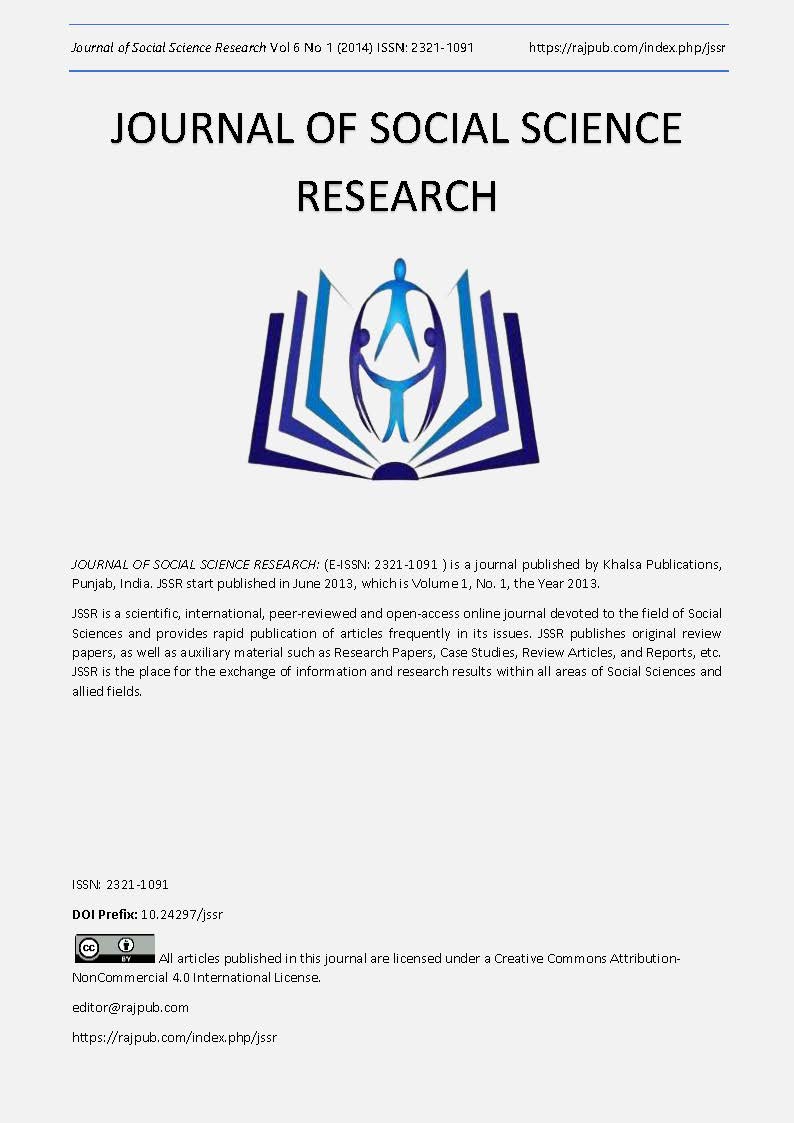THE FINN-KIN STUDY: A SAMPLE AND METHOD DESCRIPTION OF A FINNISH POPULATION-BASED STUDY OF KIN-RECOGNITION, INCEST AVERSION AND ALTRUISM
DOI:
https://doi.org/10.24297/jssr.v6i1.3453Keywords:
Incest aversion, altruism, kin-recognition cues, population-based studyAbstract
Evolutionary theory suggests that the availability of environmental cues of biological relatedness (i.e., kinship cues) is an important predictor of both positive investment (e.g., altruism) and maltreatment (e.g., physical and sexual abuse) within families. Although several studies have supported these assumptions, many suffer methodological limitations. Studies often rely on small convenience samples and often one or only a few possible family relationships are investigated. To combat these shortcomings, we aimed to obtain data on kinship cues, altruism, and sexual aversions from a larger set of family members in a sizeable population-based sample of Finns. Using two surveys (one directed to adults with questions regarding their own children, nieces, and nephews [AtC] and one directed to adults with questions regarding their parents, aunts, and uncles [CtA]) we obtained data from 3,362 individuals living in Finland (Corrected completion rates of those who responded for AtC was 84.5% and AtC was 88.4%). Comparing the response patterns of some key variables with earlier studies, we found our final sample to be representative of the Finnish population. In the present study we describe the methodology of data-collection and report descriptive information regarding kinship cues, altruism, incest aversion, and various individual variables.
Downloads
Downloads
Additional Files
Published
How to Cite
Issue
Section
License
 All articles published in Journal of Advances in Linguistics are licensed under a Creative Commons Attribution 4.0 International License.
All articles published in Journal of Advances in Linguistics are licensed under a Creative Commons Attribution 4.0 International License.




